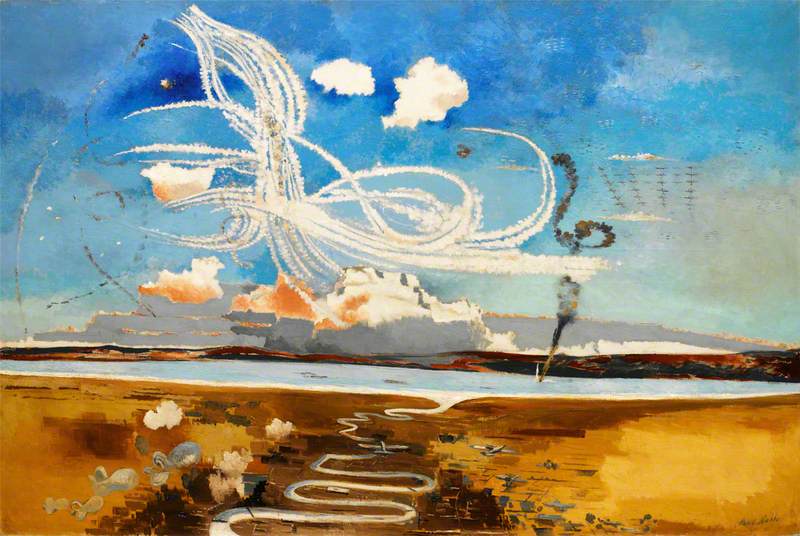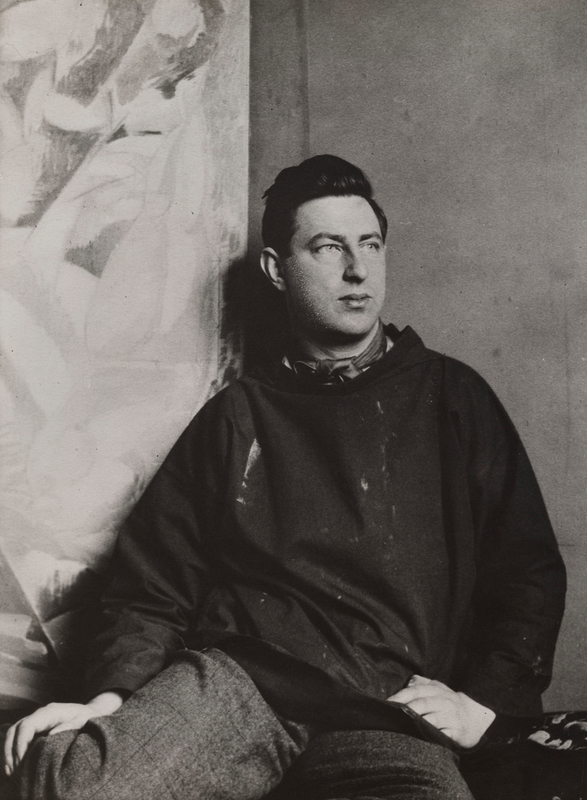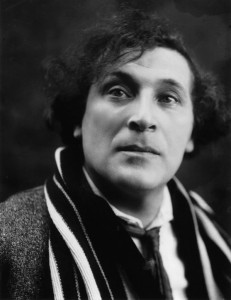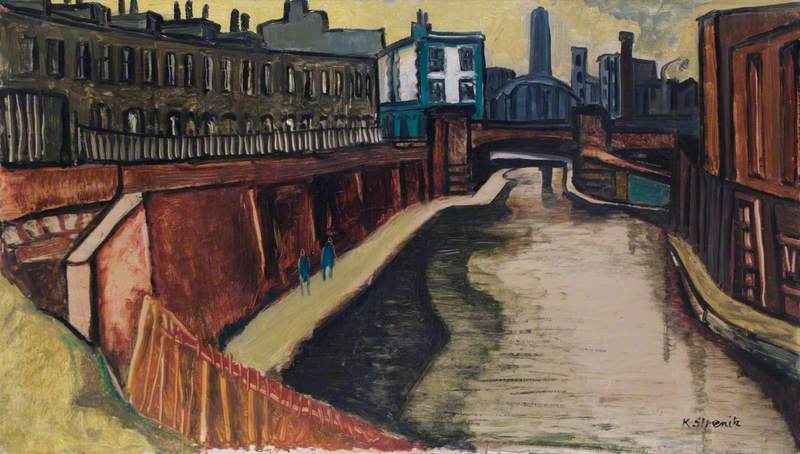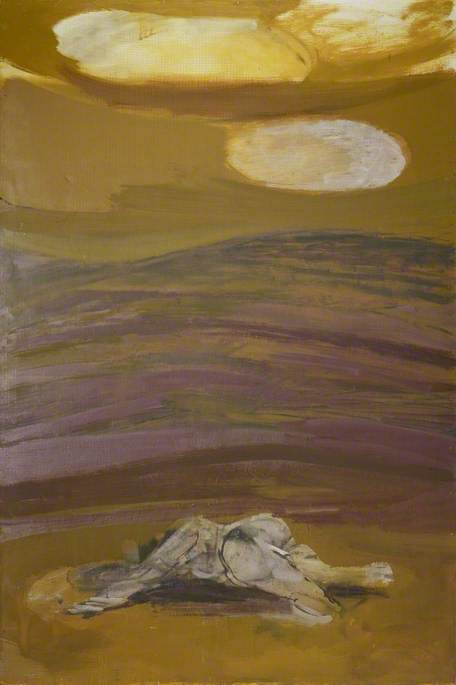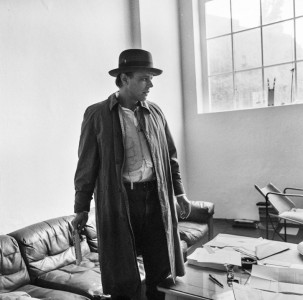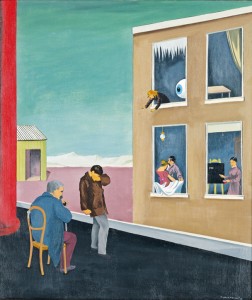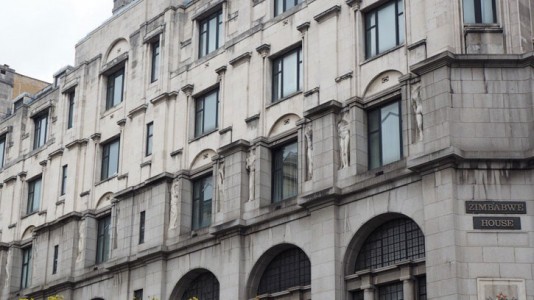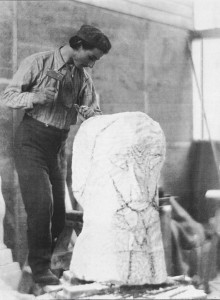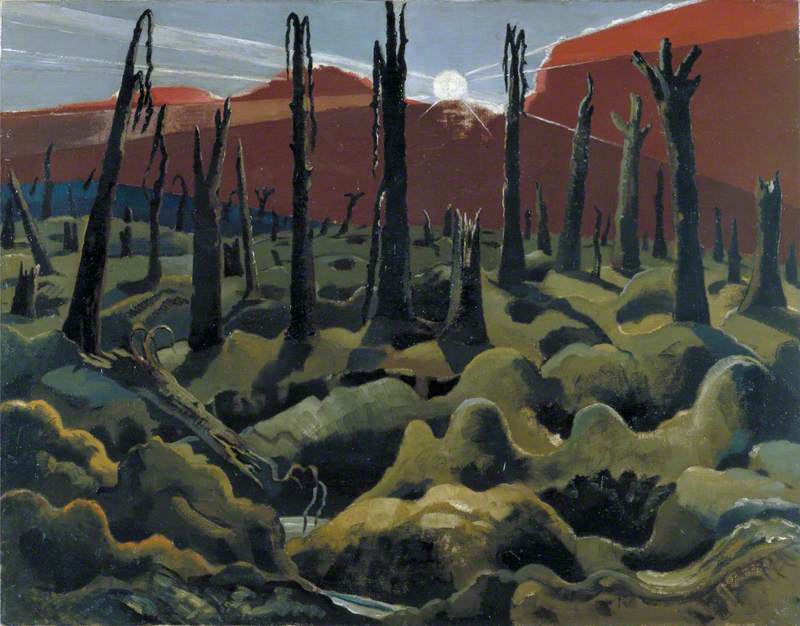Paul Nash's oil painting of 1941 evokes the intense aerial campaign fought between Britain and Germany the previous summer in the Battle of Britain.
Nash described the work as 'an attempt to give the sense of an aerial battle in operation over a wide area', and his work captures an overall impression of the three-month battle, rather than a single event. Nash conveys the scale and importance of the battle through the wide, empty landscape, the expanse of blue summer sky, the approaching formation of German aircraft and – in the distance, across the Channel – dark clouds gathering over Europe.
Nash, born in 1889, was an official British war artist in both world wars. At the start of the Second World War, he was employed by the Air Ministry as a full-time war artist, but his abstract paintings of aircraft challenged the more literal expectations of Royal Air Force officials, and his contract was ended in December 1940. The War Artists' Advisory Committee did, however, subsequently purchase four works by Nash on the theme of aerial conflict. One of these was the Battle of Britain, which was hung in The National Gallery in January 1942 and became part of IWM's collection in 1958.
From 20th October, Battle of Britain will be displayed in IWM's new Second World War Galleries in London, where it will be a focal point of the area in which the story of Britain's fight for survival in 1940 is told. The work offers a striking visual representation of key elements of the battle, including the high-risk, fast-paced dogfights that often resulted in aircraft being shot down and airmen being killed. Nash shows this in the white vapour trails and what he termed 'smoke tracks of dead or damaged machines falling', in the right of the painting.
Nearby, objects in the gallery will underline how close-fought and dangerous the battle was and make clear that it was a truly multinational effort.
Kate Clements, Curator at the Imperial War Museum
